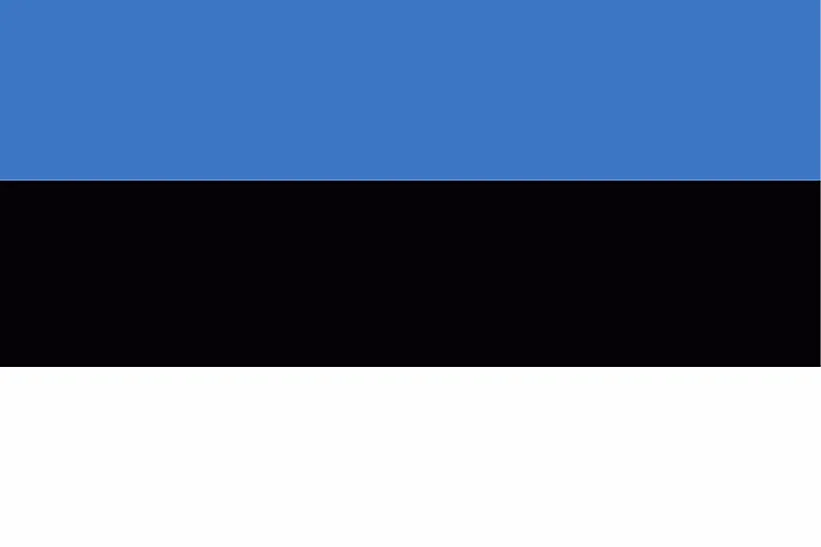
Estonia
| Continent | Europe |
| Capital | Tallinn |
| Population | 1,258,545 |
| GDP | $38.93 Billion |
| GDP per Capita | $29,500 |
| Dialing Code | +372 |
| ISO Code (2-letter) | EE |
| ISO Code (3-letter) | EST |
Estonia Landscapes






About Estonia
Welcome to Estonia, a nation where medieval charm meets digital innovation on the Baltic Sea. With approximately 1.3 million people occupying 45,227 square kilometers, Estonia combines ancient forests with cutting-edge technology, creating one of the world’s most advanced digital societies.
Geographic Features and Natural Beauty
Estonia’s geography features a diverse landscape of forests, wetlands, and over 2,000 islands. The country’s terrain is relatively flat, with the highest point, Suur Munamägi, reaching just 318 meters above sea level. Forests cover about half the country, while wetlands comprise a significant portion of the remaining land.
The coastline stretches for 3,794 kilometers, including islands, with Saaremaa and Hiiumaa being the largest. The country features over 1,500 lakes, including Lake Peipus, one of Europe’s largest. Estonia’s extensive network of bogs and mires creates unique ecosystems supporting diverse wildlife.
The country’s northern location provides dramatic seasonal changes, including the midnight sun in summer and long winter nights. The Gulf of Finland and the Baltic Sea moderate the climate and support maritime activities.
Cultural Heritage and Traditions
Estonian culture reflects a unique blend of ancient traditions and modern innovation. The country’s folk heritage includes the Kalevipoeg epic, traditional song festivals (Laulupidu), and distinctive handicrafts. The Old Town of Tallinn, a UNESCO World Heritage site, preserves medieval architecture and atmosphere.
Traditional arts include textile weaving, particularly the distinctive striped skirts of Muhu Island, and black pottery. Estonian cuisine features local ingredients like wild mushrooms, berries, and seafood, with black rye bread holding special cultural significance.
The country’s strong choral tradition, demonstrated in massive song festivals, played a crucial role in the “Singing Revolution” that led to independence. Modern Estonian culture embraces both traditional values and technological innovation.
Historical Journey
Estonia’s history spans from ancient Baltic tribes through various foreign rulers to modern independence. The country experienced periods of Danish, German, Swedish, and Russian rule before first gaining independence in 1918.
After Soviet occupation during World War II, Estonia regained independence in 1991 and has since transformed itself into a leading digital nation. The country’s rapid development and embrace of technology have earned it the nickname “e-Estonia.”
Modern Economic Landscape
Today’s Estonia is known as one of the world’s most advanced digital societies, with virtually all government services available online. The country pioneered e-residency, allowing digital entrepreneurs worldwide to establish EU-based businesses.
The economy focuses on IT, telecommunications, and services, while maintaining traditional strengths in forestry and agriculture. Estonia’s startup ecosystem has produced several unicorns, including Skype, making it a leading tech hub in Europe.
International Relations and Global Position
Estonia maintains active participation in the European Union, NATO, and various international organizations. The country is known for its expertise in cybersecurity and digital governance, often advising other nations on digital transformation.
Did You Know?
• Estonia was the first country to hold nationwide internet voting?
• The country offers e-residency to digital entrepreneurs worldwide?
• Skype was developed by Estonian programmers?
• Estonia has one of the highest numbers of startups per capita in Europe?
Conclusion
Estonia represents a remarkable blend of historical heritage and digital innovation. From its medieval old town to its e-government services, from its pristine forests to its thriving tech sector, Estonia continues to evolve while maintaining its cultural identity. As it addresses contemporary challenges and opportunities, Estonia remains committed to digital leadership while preserving its natural environment and cultural traditions.